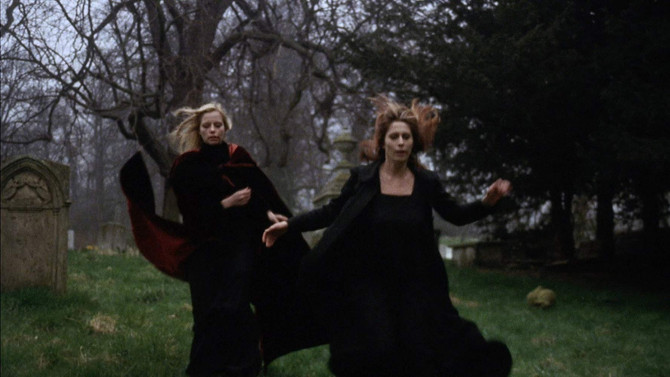
Witchy Woman
Watching Mario Bava’s first credited directorial effort, Black Sunday (1960), is like experiencing those magical Universal monster movies from the 1930s and 40s for the first time. . . with a palpable atmosphere and a rich grounding of very specific lore (that would influence future films for decades to come – much like vampire lore, the crucifix still plays a crucial role), this fantastical tale of witchcraft cannot be easily forgotten. Opening with the gruesome genesis scene (a sort of flashback to the seventeenth century) that will carry the movie, a stunning witch has been cornered along with her servile lover Igor Javutich (Arturo Dominici). . . the clerics, along with the pitchfork and fire wielding townsfolk, know of only one way to vanquish the evil foe – to first pierce her face with a mask version of an iron maiden and then burn her at the stake. . . but, soon after accomplishing the first task, a rain like no other scatters the horde (as if the storm itself was summoned by Satan), the priests forced to bury the pair separately with a number of safeguards in place.
Circles in the Dark
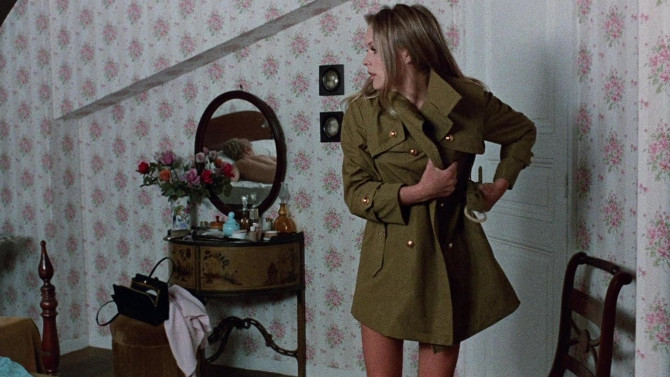
Ushered away by the undercurrent of some uncharted territorial waterway, the mostly unknown films of José Ramón Larraz are a warped ride like no other. Not well known enough to be placed on any chart or map, likewise, they are near inexplicable. . . stuck within the cracks of multiple genres, but not beholden to, or perhaps, even accepted by any one of them. A Spanish filmmaker, the early portion of his career is comprised of his English work – five features shot in the rural British countryside, with the two that bookmark this period being looked at here today, 1970's Whirlpool (a film that was long thought to be lost) and 1974's Vampyres. Comprising many of the same themes, the first thing that stands out within the man’s oeuvre is its atmosphere. . . striking doom and gloom – you almost feel like The Rolling Stones’ tune is echoing their mystery – “I had a dream last night, That I was piloting a plane, And all the passengers were drunk and insane, I crash landed in a Louisiana swamp, Shot up a horde of zombies. . . What’s it all about? Guess it just reflects my mood, Sitting in the dirt, Feeling kind of hurt. When all I feel is doom and gloom, And all is darkness in my room. . .”. Whether you are watching the boggy fall forests that surround a picturesque country home in Whirlpool, or the Hammer-esque, dilapidated mansion, with its side doors guarded by two ominous gryphons in Vampyres, there is something unsettling in every minute detail of the way the auteur builds his narratives.
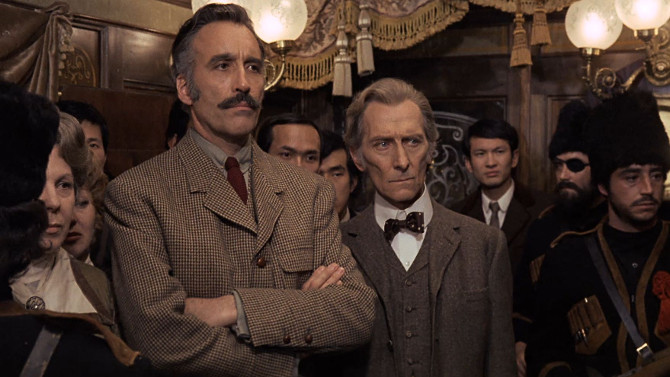
‘The Thing’ On a Train
With a locomotive that is Agatha Christie’s “Murder on the Orient Express”, passenger cars encompassing John W. Campbell’s “Who Goes There?” (the story that inspired both 1951's The Thing from Another World and 1982's The Thing), a luggage car that is packed to the brim with historical drama, and it all being coupled together by a combination of gothic and Hammer-style horror, 1972's Horror Express, directed by Eugenio Martín, is a suspenseful non-stop trip along the Trans-Siberian Railway. A hodgepodge that seemingly shouldn’t work (the third act even turns into something akin to a zombie movie), this Spanish export somehow melds a variety of genres together to develop an early 20th century set, sci-fi/horror inspired murder mystery with a gothic tinge – I know, quite a mouthful. Following Professor Sir Alexander Saxton (Christopher Lee), a tall mustachioed man with an undeniable presence, the world-renowned anthropologist has discovered a prehistoric half ape/half human hybrid frozen in ice.

Short Cuts
Celebrating its 70th anniversary this 2019, Disney’s The Adventures of Ichabod and Mr. Toad (1949) is perhaps one of the most bizarre pairings of stories ever to hit movie theatres. . . Coupling Kenneth Grahame’s iconic children’s novel “The Wind In the Willows” with Washington Irving’s gothic horror story “The Legend of Sleepy Hollow”, you may be wondering what these two tales have in common. . . in short, absolutely nothing (it was actually due to reduced manpower during World War 2 that six movies – this being the last, were released in these combined and shortened formats). Woven together by a narrated battle of the greatest characters ever to grace British and American shores, English narrator Basil Rathbone (most famous for playing Sherlock Holmes) selects the former story, while Washingtonian Bing Crosby (singer/actor) highlights the latter. . . two more rich, melodious voices you will not find.
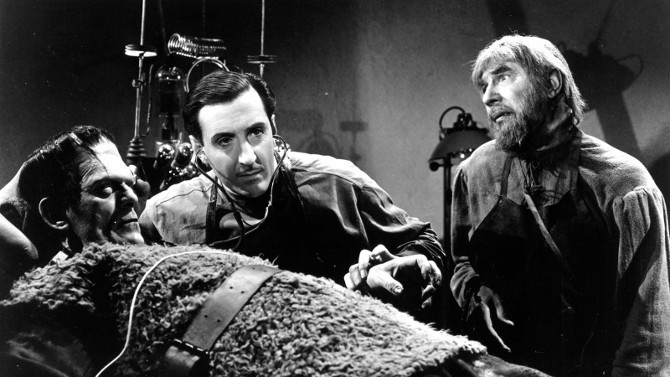
Like Father, Like Son
Celebrating its 80th anniversary this 2019, the Son of Frankenstein (1939), directed by Rowland V. Lee, is the third film in the franchise – following Frankenstein (1931) and Bride of Frankenstein (1935), the last to feature Boris Karloff in the role of the monster, and the first to insert Bela Lugosi as Ygor. . . pairing two of the most iconic horror actors together was a smart move for Universal – the movie was a mammoth hit. All centred on the dramatic, pencil mustached Baron Wolf von Frankenstein (Basil Rathbone – arguably the greatest portrayer of Sherlock Holmes), he is the son of the original mad doctor. . . and is returning home with his slightly twitchy wife Elsa (Josephine Hutchinson) and young son Peter (Donnie Dunagan) – a cute, fear nothing lad whose accent is an eccentric delight, to claim his inheritance – much to the chagrin of the still terrified townsfolk.
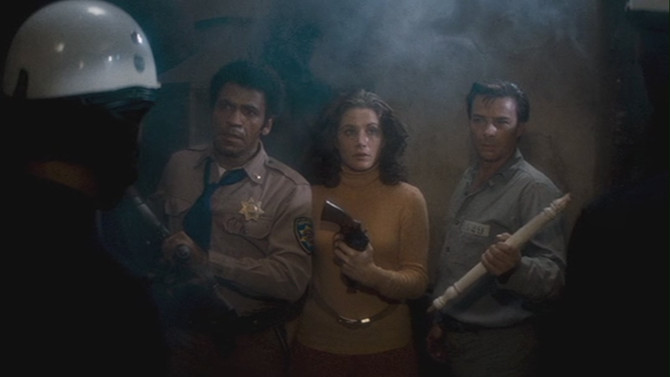
Unlucky Number 13
A lieutenant officer working the first day on the job, a group of prisoners being transported to a high security facility, a father and daughter looking for their nanny’s home, and a mysterious interracial inner city gang. . . what do they all have in common? They all almost fatefully find their way to an emptied police precinct on the verge of closure in John Carpenter’s 1976 low budget cult classic Assault on Precinct 13. Only John Carpenter’s second feature film, the writer/director weaves these four stories together, a doomed pacing drawing them all to one location for a single fateful night. The officer is Ethan Bishop (Austin Stoker), an African American working his first day on the job. . . given a seemingly uneventful task, he is the man in charge of the derelict Precinct 13 – a semi-closed location that will have its power and telephone lines shut off the next morning. The only remaining skeleton staff are: Sergeant Chaney (Henry Brandon) and a pair of secretaries, Leigh (Laurie Zimmer) and Julie (Nancy Kyes).

